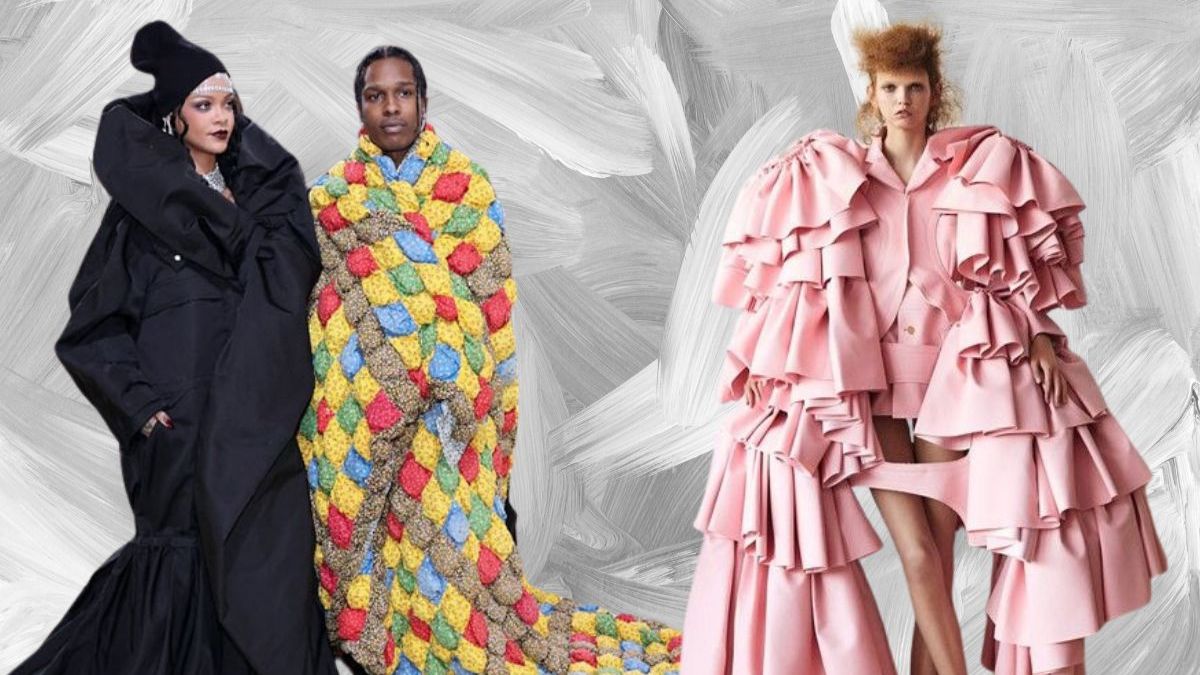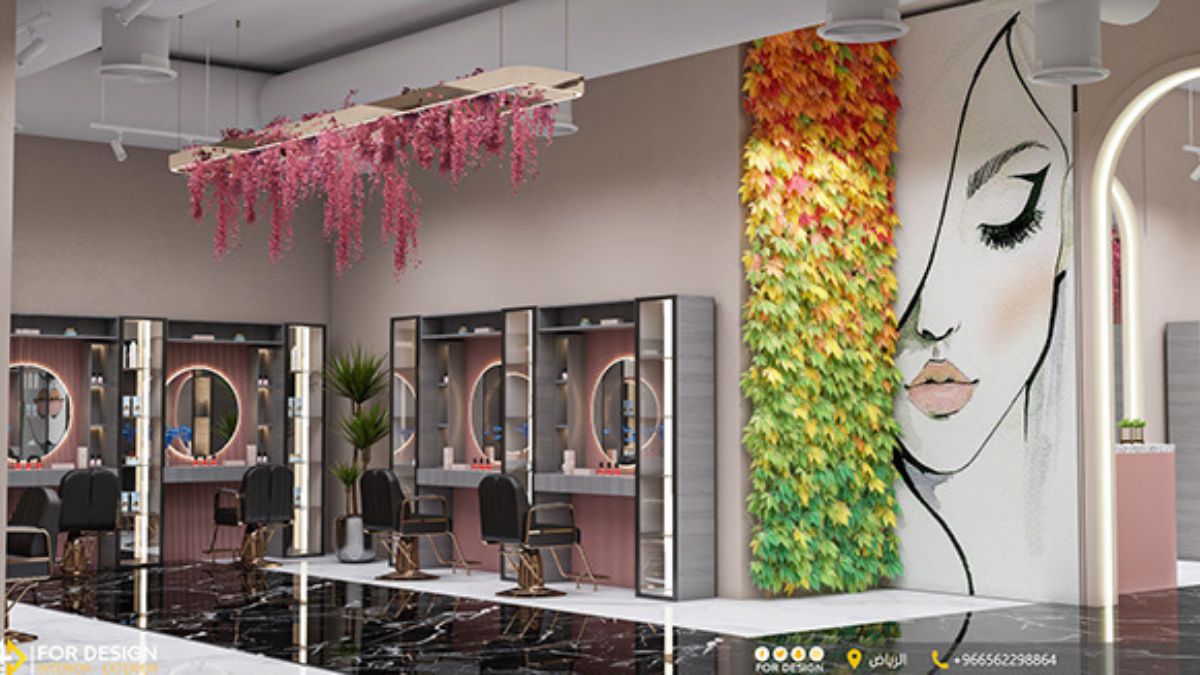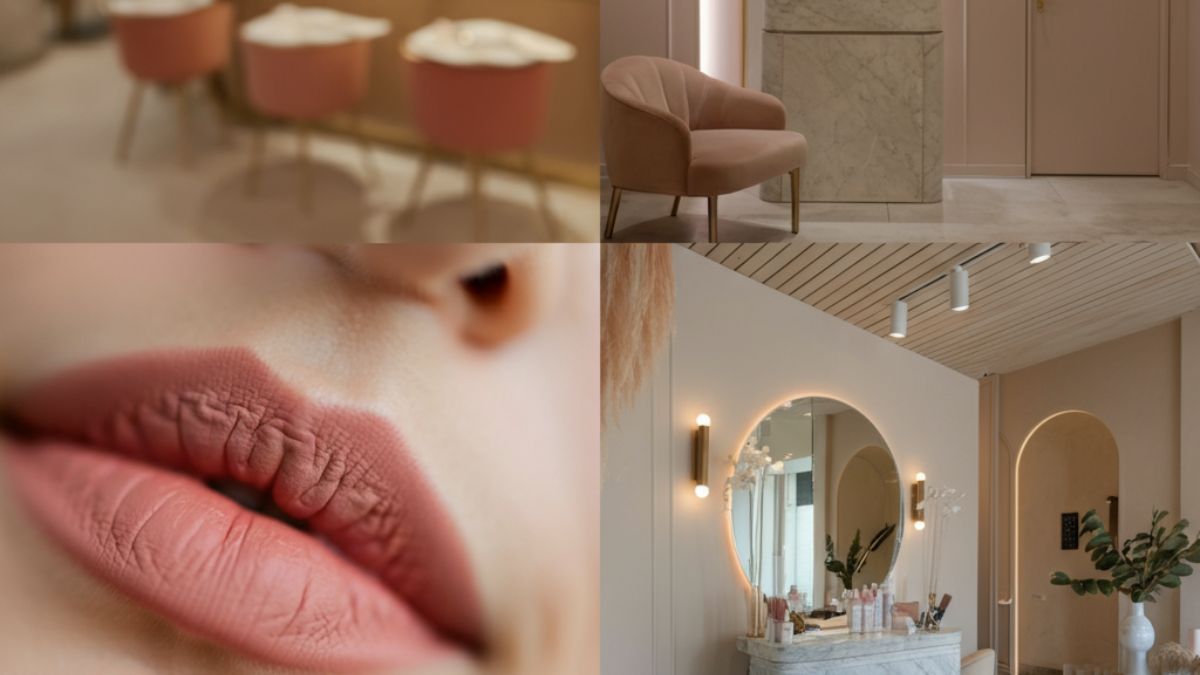Avant Garde Fashion has always served as a mirror reflecting society’s values, desires, and aspirations. While mainstream fashion focuses on wearability and commercial appeal, Avant grade fashion dares to challenge every assumption about what clothing should be. This revolutionary approach to design pushes creative boundaries, questions conventional beauty standards, and transforms the human body into a canvas for artistic expression.
Avant grade fashion operates at the intersection of art and clothing, where designers abandon traditional notions of practicality to explore new forms, materials, and concepts. These experimental creations often appear more suitable for galleries than sidewalks, yet their influence ripples through every level of fashion, from haute couture runways to ready-to-wear collections.
Understanding Avant grade fashion means recognizing its role as fashion’s creative laboratory—a space where tomorrow’s trends are born through today’s most daring experiments. This exploration reveals how boundary-pushing design continues to reshape our relationship with clothing and self-expression.
The Origins and Evolution of Avant Garde Fashion
Avant grade fashion emerged in the early 20th century alongside broader artistic movements that rejected traditional forms and embraced experimentation. The term “Avant grade,” meaning “advance guard” in French, perfectly captures this movement’s pioneering spirit and willingness to venture into uncharted creative territory.
The movement gained momentum through designers who viewed fashion as art rather than mere commerce. Paul Poiret revolutionized women’s fashion in the 1910s by eliminating corsets and introducing flowing, architectural silhouettes. His approach laid groundwork for future designers who would prioritize artistic vision over conventional wearability.
Post-World War II developments accelerated Avant grade fashion’s evolution. Japanese designers like Rei Kawakubo of Comme des Garçons and Yohji Yamamoto introduced deconstructed garments that challenged Western fashion’s emphasis on body-hugging silhouettes. Their work demonstrated how clothing could create entirely new relationships between fabric and form.
The 1980s and 1990s witnessed Avant grade fashion’s mainstream recognition through designers like Jean Paul Gaultier, Thierry Mugler, and Hussein Chalayan. These creators proved that experimental design could coexist with commercial success, paving the way for contemporary Avant grade fashion’s broader acceptance.
Key Characteristics of Avant Garde Design
Unconventional Silhouettes
Avant grade fashion rejects traditional body-conscious cuts in favor of architectural forms that create new shapes around the human figure. Designers might craft spherical skirts that envelop the wearer, asymmetrical jackets that extend far beyond natural shoulder lines, or structured pieces that completely obscure conventional body proportions.
These experimental silhouettes often draw inspiration from geometric forms, natural phenomena, or abstract concepts rather than flattering the human form. The result challenges viewers to reconsider their expectations about how clothing should relate to the body.
Innovative Materials and Techniques
Avant grade designers frequently work with unconventional materials, transforming everything from plastic and metal to organic matter into wearable art. Some incorporate technology through LED lights, responsive fabrics, or kinetic elements that move with the wearer.
Construction techniques often defy traditional garment-making methods. Designers might fuse materials, create seamless pieces through innovative cutting, or employ industrial processes typically associated with architecture or sculpture rather than clothing production.
Conceptual Storytelling
Each Avant grade collection typically explores specific themes, social commentary, or artistic concepts. Designers use clothing as a medium to communicate ideas about identity, technology, nature, politics, or philosophical questions.
These conceptual frameworks elevate individual garments beyond mere clothing into components of larger artistic statements. The runway becomes a stage for presenting these ideas, with models serving as living sculptures within carefully orchestrated presentations.
Influential Avant Garde Designers and Their Impact
Rei Kawakubo and Comme des Garçons
Rei Kawakubo’s approach to fashion fundamentally challenges Western design principles. Her work often features intentional imperfections, unconventional proportions, and a rejection of traditional beauty standards. Kawakubo’s designs frequently explore concepts of incompleteness and destruction, creating garments that appear unfinished or deliberately damaged.
Her influence extends beyond individual collections to reshape how the fashion industry approaches creativity and commercial viability. Kawakubo proved that challenging, conceptual design could sustain a successful global brand while maintaining artistic integrity.
Hussein Chalayan’s Technological Innovation
Hussein Chalayan bridges fashion and technology through designs that incorporate mechanical elements, transformative structures, and digital integration. His runway shows have featured dresses that dissolve in water, furniture that converts into clothing, and garments embedded with LED displays.
Chalayan’s work demonstrates Avant grade fashion’s potential to engage with contemporary technological developments, creating pieces that reflect our increasingly digital existence while pushing the boundaries of what clothing can be.
Iris van Herpin’s Sculptural Approach
Iris van Herpin combines traditional couture techniques with cutting-edge technology to create garments that blur the line between fashion and sculpture. Her work often incorporates 3D printing, laser cutting, and hand-sculpting techniques to achieve forms impossible through conventional construction methods.
Van Herpen’s designs frequently draw inspiration from natural phenomena like water movement, magnetic fields, or cellular structures, translating these concepts into wearable art that challenges perceptions of both fashion and the natural world.
The Relationship Between Avant Garde and Mainstream Fashion
Trickle-Down Influence
Avant garde fashion serves as a creative laboratory where experimental ideas eventually filter into mainstream design. Elements like deconstructed seams, architectural silhouettes, or unconventional material combinations often appear in avant garde collections years before becoming accessible ready-to-wear trends.
This influence operates subtly, with mainstream designers extracting and adapting avant garde concepts for broader audiences. A Kawakubo creation featuring intentionally placed holes might inspire commercially viable distressed denim, while Chalayan’s transformative garments could influence reversible or multi-functional pieces in accessible price ranges.
Cultural Commentary and Social Reflection
Avant grade fashion often addresses social issues, cultural shifts, or political themes that mainstream fashion approaches more cautiously. These experimental designs can spark conversations about sustainability, gender identity, technology’s role in daily life, or globalization’s impact on traditional crafts.
This commentary function positions avant grade fashion as both artistic expression and cultural criticism, providing a platform for designers to engage with contemporary issues through their creative work.
Commercial Viability and Artistic Integrity
The relationship between artistic vision and commercial success creates ongoing tension within avant grade fashion. Designers must balance creative freedom with business realities, often developing multiple product lines that allow experimental pieces to coexist with more accessible offerings.
Some designers resolve this tension by treating runway collections as artistic statements while developing separate commercial lines. Others integrate avant garde elements throughout their offerings, creating varying degrees of experimental design across different price points and market segments.
The Future of Avant Garde Fashion
Sustainability and Innovation
Contemporary avant garde designers increasingly engage with sustainability challenges, exploring eco-friendly materials, zero-waste construction techniques, and circular design principles. This focus transforms environmental concerns into creative opportunities, generating new approaches to both form and function.
Biofabrication, upcycling, and renewable materials provide fresh avenues for experimental design while addressing fashion industry environmental impacts. These developments suggest avant garde fashion’s potential to lead broader industry transformation toward sustainable practices.
Digital Integration and Virtual Fashion
Emerging technologies create new possibilities for avant garde expression through virtual garments, augmented reality integration, and digital-first design approaches. These developments challenge fundamental assumptions about fashion’s physical nature while opening new creative territories.
Virtual fashion allows for impossible constructions, gravity-defying silhouettes, and interactive elements that respond to digital environments. This evolution suggests avant grade fashion’s continued relevance in an increasingly digital world.
Embracing Fashion’s Creative Edge
Avant grade fashion represents fashion’s commitment to pushing creative boundaries and exploring new possibilities for human expression through clothing. While these experimental designs may seem distant from everyday wardrobes, their influence permeates fashion at every level, inspiring innovations that eventually become accessible to broader audiences.
The movement’s ongoing evolution demonstrates fashion’s capacity to function as both art and industry, providing a space where creative vision can flourish alongside commercial consideration. As contemporary challenges around sustainability, technology, and social change continue to shape our world, avant garde fashion offers a laboratory for exploring how clothing might respond to and reflect these transformations.
Whether through radical silhouettes, innovative materials, or conceptual storytelling, avant garde fashion continues to expand our understanding of what fashion can be and do, ensuring that creativity remains at the heart of how we dress and express ourselves.











